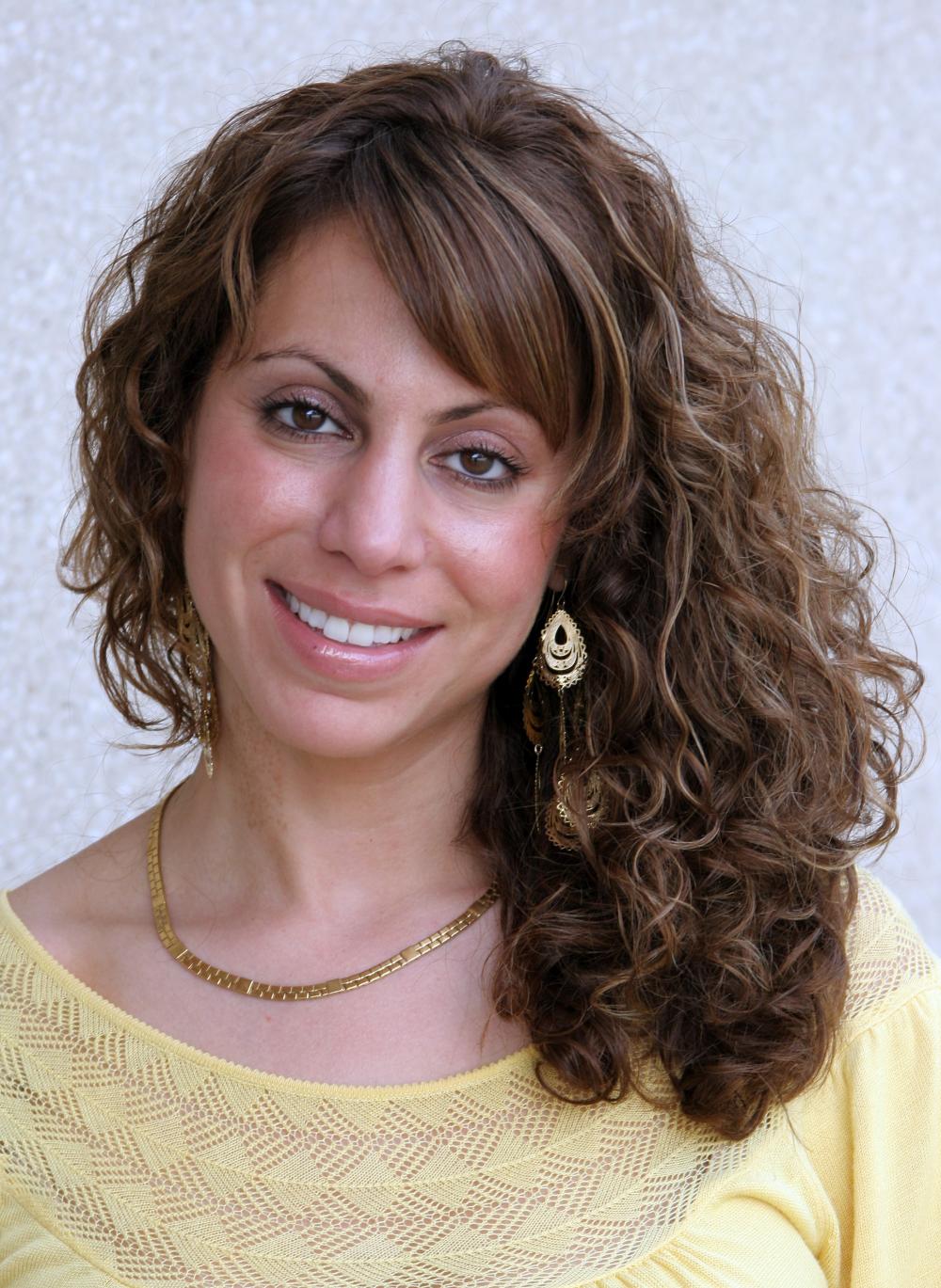A new era will be ushered into the learning environment at East Central University with the grand opening of the Dr. Raniyah Ramadan Center for Undergraduate Research and Learning at 1:30 p.m. Friday, April 24.
Event parking is located at the intersection of South Stadium Drive and East 10th Streets.
The new state-of-the art facility, located on the lower east end of ECU’s Education Building, will feature two laboratories for biology and one each for chemistry and environmental health science, in addition to a refrigerated storage area for microbacteria and a conference room.
Dr. Raniyah Ramadan was a promising research scientist who grew up in Ada and passed away in July 2011. The Dr. Raniyah Ramadan Foundation was established by her parents, Dr. Tawfik and Siham Ramadan, and her sisters and brother to keep her memory alive and establish scholarships in neuroscience research and cancer research.
After graduating from Ada High School, Raniyah Ramadan earned a bachelor’s degree from the University of Oklahoma in 1998 as well as two degrees at the University of Oklahoma Health Sciences Center: a master’s degree in public health in 2000 and Ph.D. in neuroscience in 2007.
She was a graduate research assistant in biomedical sciences at the OU Health Sciences Center in Oklahoma City from 2001 to 2007 where she researched the pathogenic mechanisms of bacterial endophthalmitis. She authored and co-authored several articles for academic journals.
Ramadan was awarded a prestigious post-doctoral research fellowship in ophthalmology and visual sciences at Case Western Reserve University in Cleveland, Ohio. After completing the fellowship, she moved in 2008 to Regeneron Pharmaceuticals in New York where she worked on ocular disease models. She initiated the protocol for animal models of ocular inflammatory diseases that affect about two million Americans and also conducted the histology analysis for the company’s uveitis models in rats and mice.
“Approximately half of the College of Health and Science faculty will at some point be using the facility and we will have from 20 to 30 students involved in undergraduate research projects each year when we are at full capacity,” said Dr. Bruce Weems, recently retired dean of ECU’s College of Health and Sciences. “One of the CHS’s strategic plan long-term goals was to increase our capacity to do research for both faculty and our students. The opening of the Raniyah Ramadan Center for Undergraduate Research and Learning will finally accomplish that goal and set the stage for the college to accomplish many of these future goals for improving undergraduate research experiences for our students.”
With the completion of the facility, ECU will be the only Regional University System institution, which has a dedicated center for undergraduate research.
“The fact that this is the only undergraduate research facility within the RUSO, clearly shows the commitment of the East Central University administration to the concept of integrating undergraduate research into all facets of the college experience for our students,” Weems said.
The facility was funded through the Native American Serving Non-Tribal Institutions (NASNTI) Grant with the help of a major donation from the family of the late Dr. Raniyah Ramadan.
Dr. David Weir will serve as director of the Ramadan Center through the remaining two-year grant process and will ultimately become director for undergraduate research for the entire ECU campus.
Weir, who earned his bachelor’s and master’s degrees from Texas Tech University and his doctorate from Purdue University, knows firsthand the importance of undergraduate research after performing those duties in the discipline of history at Texas Tech.
“I feel strongly just because of that experience. It allowed me to expand my own interest in my field of study and I got to see what faculty members do as researchers,” Weir said. “Tangibly, it was shown through a study at the University of Michigan that students who undergo undergraduate research are more likely to stay in school or graduate. They were significantly more likely to finish school and go on to pursue a graduate degree of any kind.”
Those retention possibilities are primarily made possible because of relationships built between the mentor (faculty member) and the student.
“I’m really excited. This is a great opportunity for our students and faculty to engage through research and mentorship settings,” Weir said. “This will allow students to get into research opportunities sooner as opposed to the past when most do in their junior years or, as in most cases, prior to their senior year.”
-ECU-

